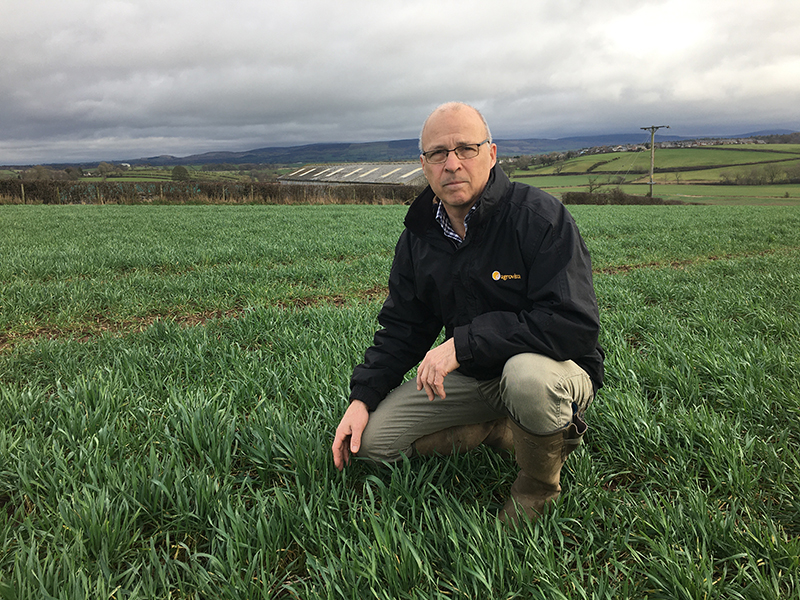Content originally published in the Farmers Guardian
The new season has got off to a flying start here in the north west, which is very welcome after the distinctly average season that is coming to an end.
Growers have been busy drilling winter cereals, many since the first week of September. Winter barley tends to be first sown but a fair amount of winter wheat sown after grass is also in the ground.
Crops have been sown into generally good seedbeds with adequate moisture. They have emerged quickly and look healthy. Pre-emergence sprays have been applied to control a range of broadleaved weeds and annual meadow grass. They should work well given the conditions.
Early drilled barley and wheat are of course prone to BYDV, so growers should be particularly mindful of this and be prepared to monitor fields for the aphid vectors.
Oilseed rape is notable by its absence in my area, although it was never widely grown. East of the Pennines I’m hearing reports of good early August-sown crops, with little sign of flea beetle. But the area is down sharply; one colleague has seen a 50% reduction among his customers.
Forage rape, stubble turnips and cover crops have established well and, together with spring-sown fodder beet, should provide plenty of quality winter feed. Beet western yellows is appearing in some fodder beet, although I wouldn’t say levels are any worse than we usually see.
Most final grass silage cuts have been taken, and maize harvest is about to start. Following the wet cool spring, which delayed drilling and/or held back plant development, a lot of crops are not going to mature fully – very little grain fill occurs in October.
Generally maize crops sown under film were more forward, but it is a real mixed bag – some unprotected crops on good land look promising, while some protected ones on heavier, colder soil have struggled. In addition, a few fields in low-lying areas were hit by frost a fortnight ago. Badly hit crops will need cutting sooner rather than later.
Finally, once the autumn workload slows we expect quite a lot more farmers will be looking at SFI actions. If you haven’t done anything so far, it is still well worth considering.
Some of the most popular choices, such as herbal leys, that were included under the 2023 scheme are now more restrictive in the 2024 version, particularly in terms of nutrition. However, there are still some good opportunities to help recoup some of the BSP income foregone.
Simon Nelson advises farmers on a wide range of arable and forage crops across Cumbria, north Lancashire and into south-west Scotland.


